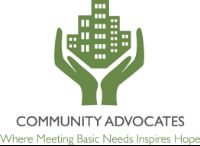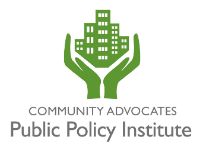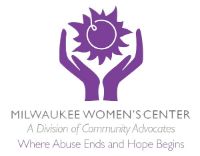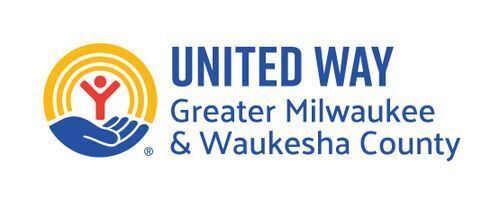A traumatic event such last week’s violence and civil unrest in Kenosha often brings out strong emotions that need attention. We’ve collected some resources for coping with the aftermath of community trauma and stress, and understanding the special needs of children during traumatic events.
Coping With Grief After Community Violence—This Substance Abuse and Mental Health Services Administration (SAMHSA) tip sheet introduces some of the signs of grief and anger after an incident of community violence, provides useful information about to how to cope with grief, and offers tips for helping children deal with grief.
SAMHSA Disaster Distress Helpline—This toll-free number (1–800–985–5990) provides immediate counseling. This free, confidential, and multilingual crisis support service is also available via SMS (text TalkWithUs to 66746) to anyone experiencing psychological distress as a result of this event. People who call and text are connected to trained and caring professionals from crisis counseling centers in the network. Helpline staff provide confidential counseling, referrals, and other needed support services.
Tips for Survivors: Coping With Grief After a Disaster or Traumatic Event—In this tip sheet, the Substance Abuse and Mental Health Services Administration (SAMHSA) Disaster Technical Assistance Center (DTAC) defines and describes grief, discusses ways of coping with grief, explains complicated grief, and offers relevant resources for additional support.
Tips for Survivors of a Disaster or Other Traumatic Event: Managing Stress—This SAMHSA tip sheet gives stress prevention and management tips for dealing with the effects of trauma, mass violence, or terrorism. It lists tips to relieve stress, describes how to know when to seek professional help, and provides accompanying resources. In Spanish and Punjabi.
Coping with a Disaster or Traumatic Event—The Centers for Disease Control and Prevention emphasizes the importance of coping after a disaster, and getting professional help if needed, with reactions that may be difficult and intense. Links are provided to additional information about managing your emotional health as a survivor, supporting your children in coping, and making time for self-care as a disaster responder. In Spanish.
Understanding Child Trauma—This web page identifies events that children and youth may experience as traumatic, presents statistics on traumatic experiences and their effects on children and youth, lists signs of traumatic stress in children and youth of various ages, and offers tips for parents and other important adults in the lives of children and youth for helping children and youth to cope with trauma. Links to resources for more information and support are also provided.
Age-related Reactions to a Traumatic Event—In this information and tip sheet, the NCTSN provides an overview of how children and adolescents may react to natural and human-caused disasters that they experience as traumatic. It describes reactions typical within specific age ranges and offers tips for parents and other caregivers, school personnel, healthcare practitioners, and community members to help children and adolescents cope.
Community Violence: Reactions and Actions in Dangerous Times—This resource from the National Child Traumatic Stress Network (NCTSN) provides information on community violence, how it can affect daily lives, and what to do for support.
Helping Youth After Community Trauma: Tips for Educators—In this 1-page tip sheet, the NCTSN identifies 10 ways in which youth may react to community traumas such as natural or human-caused disasters and suggests ways for educators to respond to these reactions and support youth in coping. The tip sheet also advises educators to find professional mental health support for youth—and for themselves—as needed.





